
Enhydra lutris
Enhydra lutris,Sea Otter
Sea Otter (scientific name: Enhydra lutris) is also known as Sea Otter in fo···

Aonyxcapensiscongica
Aonyxcapensiscongica,Congo small-clawed otter, Cameroon clawless otter
The Zaire small-clawed otter is also known as the Congo small-clawed otter (···

Pteronura brasiliensis
Pteronura brasiliensis,Giant Otter,giant otter, giant otter, South American giant otter, Brazilian giant otter
Giant Otter (scientific name: Pteronura brasiliensis) is also known as Giant···

Lontra felina
Lontra felina,chungungo、Marine Otter,Cat
Peruvian Otter (scientific name: Lontra felina) is also known as chungungo a···

Lontra longicaudis
Lontra longicaudis,Long-tailed otter
Long-tailed Otter (Lontra longicaudis) They seem to prefer clear rivers and ···

Lontra provocax
Lontra provocax
The Chilean otter (scientific name: Lontra provocax) is a semi-aquatic mamma···
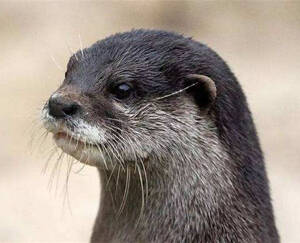
Lontra canadensis
Lontra canadensis,North American River Otter,Canadian otter, northern otter
North American River Otter (scientific name: Lontra canadensis) is also know···

Lutra sumatrana
Lutra sumatrana,Hairy-nosed Otter,Sumatran otter
Hairy-nosed Otter (Lutra sumatrana), also known as Hairy-nosed Otter, lives ···

Lutra nippon
Lutra nippon
The Japanese otter, scientifically known as Lutra nippon, is endemic to Japa···
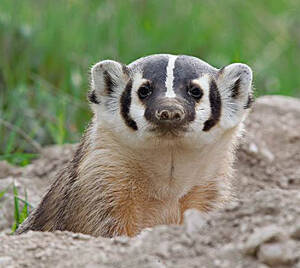
Taxidea taxus
Taxidea taxus,American Badger,Badger
American Badger (scientific name: Taxidea taxus) is also known as American B···

Mellivora capensis
Mellivora capensis, Honey Badger、 Ratel, Blaireau à miel, Ratel, Honigdachs,Flathead
Honey badger (scientific name: Mellivora capensis) English Honey Badger, Rat···
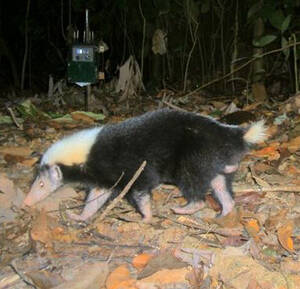
Mydaus javanensis
Mydaus javanensis,Indonesian stink badger, Sunda stink badger
The Sunda stink badger (Mydaus javanensis), also known as the Indonesian sti···

Melogale orientalis
Melogale orientalis,Javan ferret badger,Burmese ferret badger
The Javan ferret badger's scientific name is Melogale orientalis, and it···
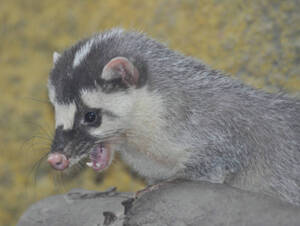
Melogale moschata
Melogale moschata,Chinese Ferret-badger,Fish loach, white-nosed civet cat, white-fronted civet cat, mountain badger, piglet civet cat
The ferret badger (scientific name: Melogale moschata) is known as Chinese F···
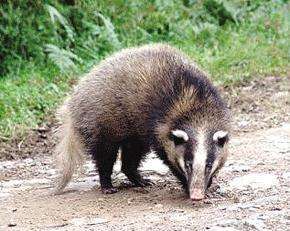
Arctonyx collaris
Arctonyx collaris,Hog-Badger,Sand badger, mountain badger
Hog Badger (scientific name: Arctonyx collaris) is also known as Hog-Badger ···

Meles meles
Meles meles,Eurasian Badger,Badger, badger, mountain badger,
Badger (scientific name: Meles meles) is also known as Eurasian Badger. It i···
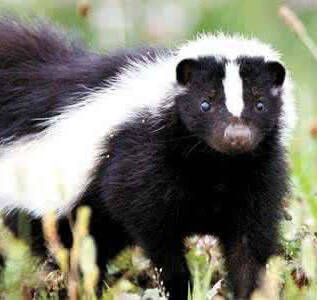
Poecilogale albinucha
Poecilogale albinucha,White-necked ferret
The white-necked weasel (scientific name Poecilogale albinucha) is a small c···
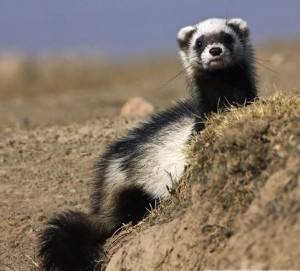
Ictonyx striatus
Ictonyx striatus,zorille,African stoat, Striped stoat
The African sagebrush (scientific name Ictonyx striatus), also known as zori···
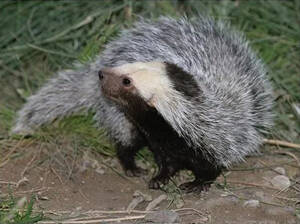
Lyncodonpatagonicus
Lyncodonpatagonicus,Patagonian weasel, steppe weasel
The grassland weasel (scientific name Lyncodonpatagonicus), also known as th···
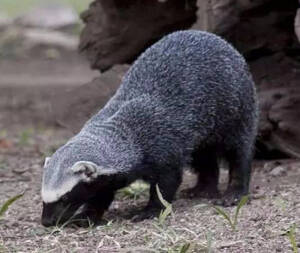
Galictis vittata
Galictis vittata,Greater nest weasel, South American weasel
The scientific name of the Great Nest Weasel is Galictis vittata. The Great ···

Galictis cuja
Galictis cuja
Galictis cuja, like most species, is active at night or at dusk, though some···
